
Smart Landscaping Tips for Small Business Energy Efficiency
More and more small businesses are upgrading their properties with smart, energy-efficient landscaping. Sustainability and energy efficiency have become important considerations when it comes to creating and maintaining outdoor spaces at a business.
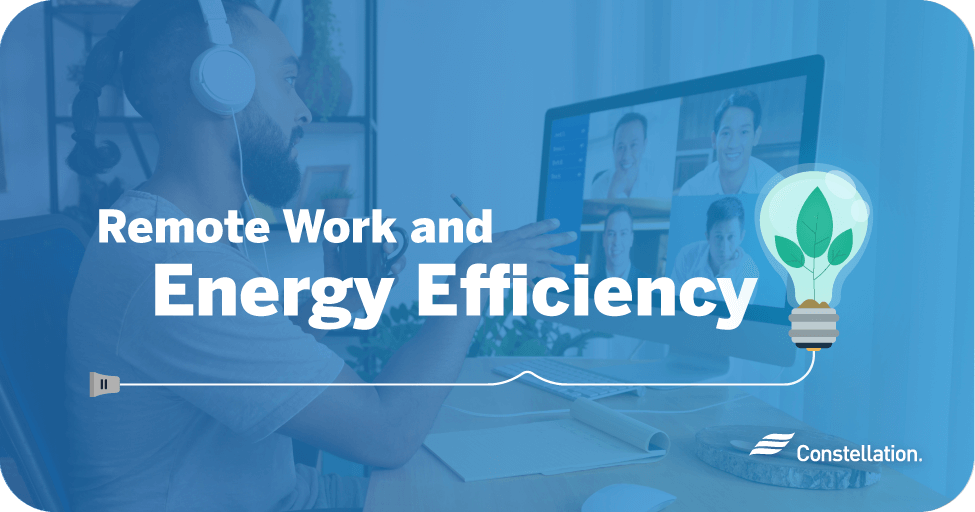
Remote Work and Energy Efficiency
Is remote work sustainable? Can remote work and energy efficiency contribute to your bottom line and a cleaner environment?

How to Super Cool Your Home & Why You Should
Does super cooling your house work? Super cooling can be one way to beat the summer heat and take control of rising electric costs.
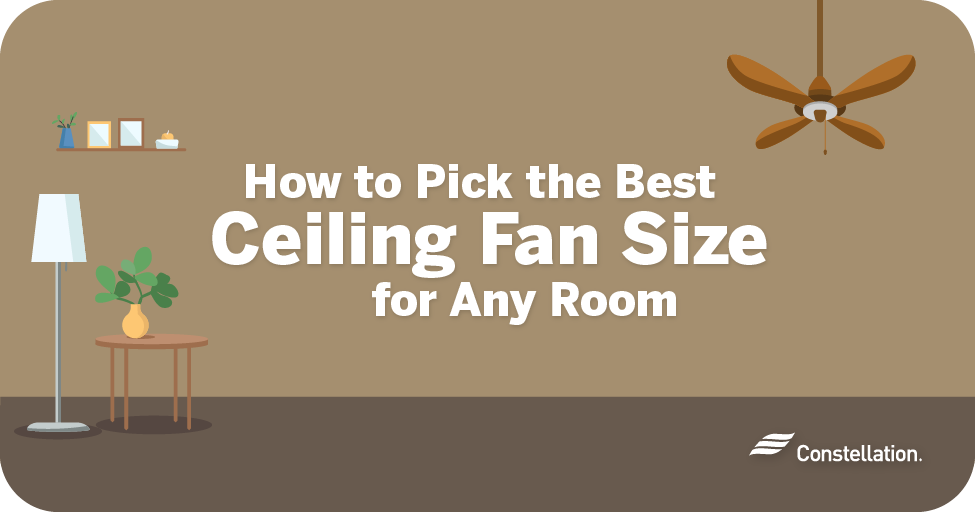
How to Pick the Best Ceiling Fan Size for Any Room
Picking among your choices of ceiling fan sizes can be challenging. Your choice matters both in terms of size and function.
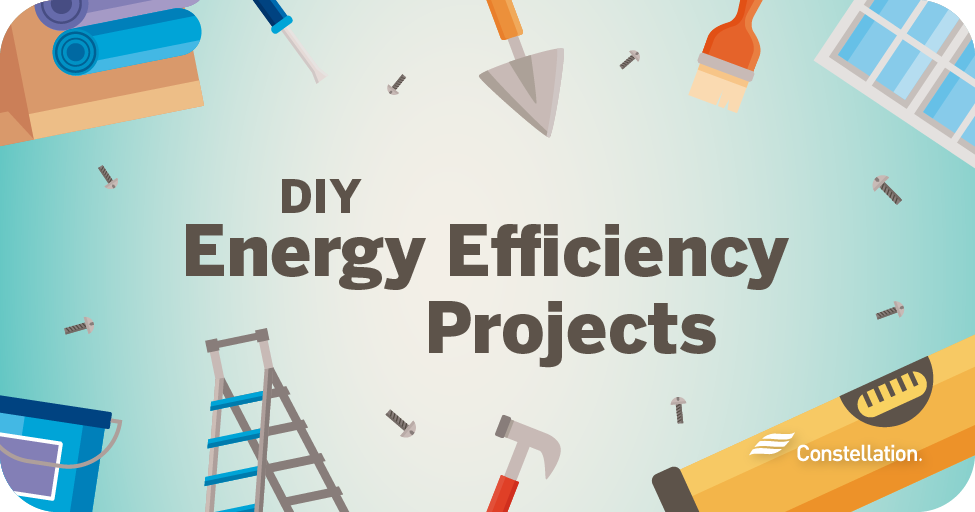
DIY Energy-Saving Projects
Small and simple energy efficiency projects around your home could have a big payoff when it comes to home improvements that may save you money. We have gathered this collection of easy energy conservation projects that may help the environment and protect your wallet.
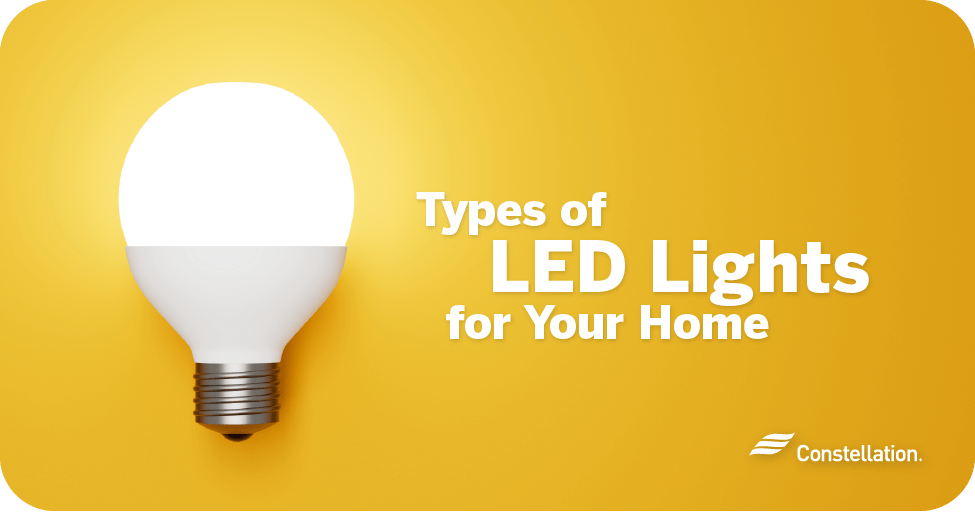
Types of LED Lights for Your Home
The types of LED lights available today provide efficient, affordable, long-lasting light and fit nearly any function or decor. They come in a variety of temperatures and intensity, from pleasant ambient room light to focused function and task light.

How to Weatherstrip a Door the Right Way and Seal Door Gaps
Learn how to install door weatherstripping and you will put an end to energy-wasting drafts. When you look for places to weatherize your home for winter energy savings, door weatherstripping is a great place to start.
Get Pricing on Electricity or Natural Gas Plans in Your Area
Whatever your energy needs, we've got a plan for you

Types of Insulation for Your Home
Choosing among the insulation types available today can be challenging. Because home insulation is important to help make a home more comfortable and efficient, choosing the right types of insulation materials and installing them properly is vital.
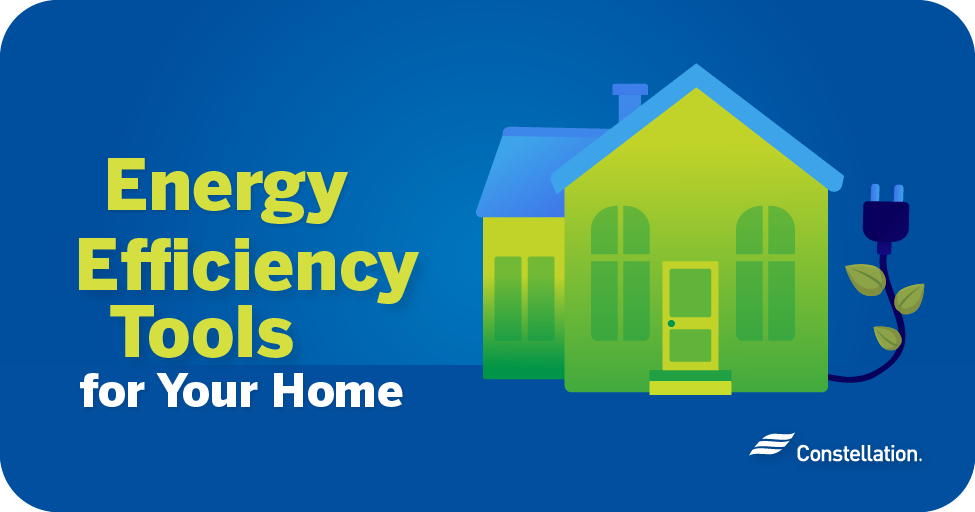
How to Use Energy Efficiency Tools for Home Energy Savings
Energy efficiency tools help you contribute to a healthier climate, enhance air quality for you and your family, improve comfort and save you money. Thinking twice and doing what you can to conserve energy is a good start.
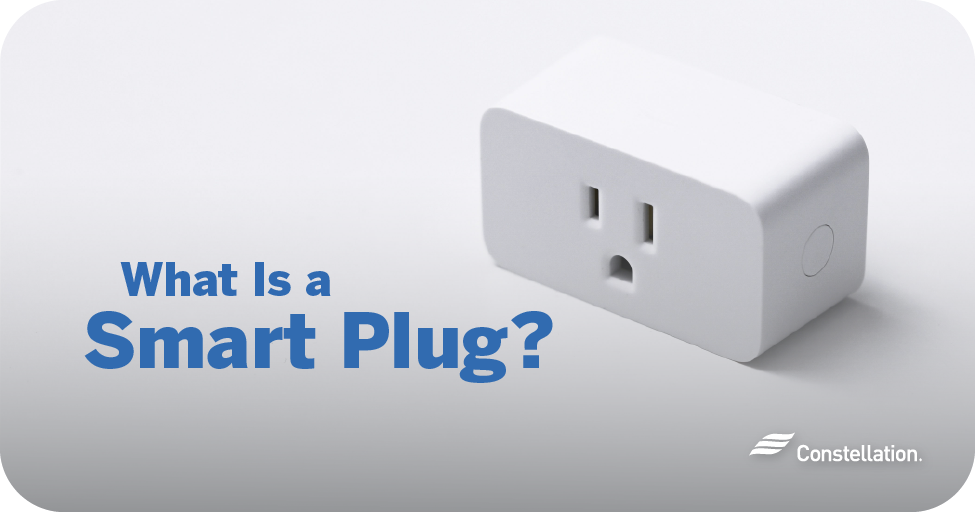
What Is a Smart Plug and How Does It Work?
If you’re unfamiliar with what a smart plug is and what a smart plug should be used for, this article looks at how these easy-to-use and affordable gadgets can help turn your home into a smart home. You can enjoy the benefits of smart technology without spending a lot of time or effort on setting

15 Ways to Cool Down a Room Fast
How to cool down a room fast isn’t always about comfort. Room temperature can have a significant effect on the health and well-being of you, your family and pets.




